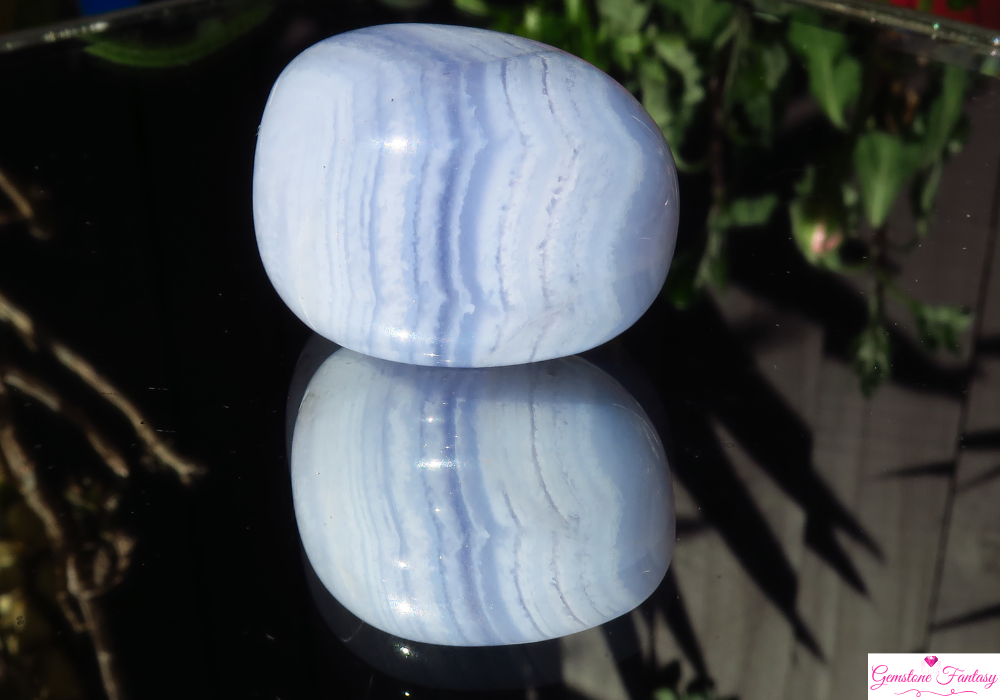Olivine is a fascinating mineral known for its vibrant green color, unique properties, and significant role in various geological processes. Comprising a range of magnesium and iron silicate minerals, olivine is often found in igneous rocks and is a crucial component in the Earth’s mantle. This article explores the olivine family in detail, covering its composition, key varieties, geological significance, industrial applications, and its role in the world of gemstones.
What is Olivine?
Olivine is a common mineral composed primarily of magnesium silicate (Mg2SiO4) and iron silicate (Fe2SiO4), which can vary in composition depending on the ratio of magnesium to iron. The mineral is typically found in a range of green hues, from pale yellow-green to deep olive, which gives it its name. The distinct color and characteristics of olivine arise from the presence of iron ions in its structure.
Olivine’s crystal structure is orthorhombic, and it often forms in granular aggregates or as individual crystals. Its hardness ranges from 6.5 to 7 on the Mohs scale, making it relatively durable, though not as hard as other gemstones like diamond or corundum.
Composition of the Olivine Family
The olivine family is primarily composed of two main end-members:
- Forsterite (Mg2SiO4)
- Composition: Composed mainly of magnesium silicate, forsterite is the magnesium-rich end member of the olivine group.
- Color: Generally appears in light green to colorless hues.
- Fayalite (Fe2SiO4)
- Composition: This is the iron-rich end member of the olivine group, composed of iron silicate.
- Color: Fayalite typically exhibits darker hues, ranging from yellowish-brown to dark green.
The olivine family encompasses a continuous solid solution series between these two end members, with varying compositions that give rise to different properties and colors.
Notable Varieties of Olivine
Olivine is primarily known for its gemstone variety, peridot, but it also includes several other important forms. Here are some notable varieties of olivine:
- Peridot
- Color: Ranges from light green to olive green, often with a yellowish hue.
- Properties: Peridot is the gemstone quality of olivine and is prized for its vibrant colors and clarity. It is typically faceted for use in jewelry.
- Uses: Widely used in jewelry, peridot is also believed to bring good fortune and healing energy to its wearer.
- Olivine
- Color: Generally olive green but can vary based on its composition.
- Properties: Olivine is used in both industrial and decorative applications. It occurs in igneous rocks and can be found in volcanic environments.
- Uses: Beyond gemstone use, olivine is also utilized in glassmaking and as a refractory material due to its high melting point.
- Chrysolite
- Color: Often used interchangeably with peridot, chrysolite is another name for olivine and is generally a lighter shade of green.
- Properties: This variety is characterized by its clarity and brilliance.
- Uses: Primarily used in jewelry, especially for lighter-hued stones.
- Fayalite
- Color: Dark green to brown.
- Properties: Less commonly used in jewelry due to its opaque nature and darker color.
- Uses: Fayalite is primarily of interest in geological studies and industrial applications.
Geological Significance of Olivine
Olivine is one of the most abundant minerals found in the Earth’s upper mantle and is often associated with basaltic volcanic rocks. Its geological significance includes:
- Mantle Composition: Olivine is a primary component of the Earth’s mantle, making it crucial for understanding the composition and behavior of the Earth’s interior.
- Magmatic Processes: The presence of olivine in igneous rocks indicates high-temperature conditions during crystallization. It is often one of the first minerals to crystallize from molten rock.
- Indicator of Magma Composition: The olivine composition can provide valuable information about the magma source and evolution, offering insights into volcanic activity and the geochemical processes occurring within the Earth.
Industrial Applications of Olivine
Beyond its aesthetic value in jewelry, olivine and its varieties have several industrial applications:
- Refractory Materials: Due to its high melting point, olivine is used in the production of refractory bricks and linings for furnaces and kilns.
- Sand for Casting: Olivine sand is employed in foundry casting processes because it provides good thermal stability and helps in creating smooth cast surfaces.
- Glass and Ceramics: Olivine is used in glass production, where its high melting temperature contributes to the overall quality and durability of glass products.
- Soil Amendment: In agriculture, olivine can be crushed and used as a soil amendment, promoting soil health and improving nutrient availability.
The Role of Olivine in the Gemstone Market
Olivine, especially in the form of peridot, holds a significant place in the gemstone market. Its vibrant colors and historical significance make it a popular choice among collectors and jewelry enthusiasts. Some key points include:
- Historical Significance: Peridot has been treasured since ancient times, with references dating back to Egyptian antiquity. It was often associated with the sun and believed to bring prosperity and happiness.
- Modern Popularity: Today, peridot is recognized as the birthstone for August, making it a popular choice for birthday gifts and special occasions.
- Fashion Trends: As fashion trends evolve, peridot has found its place in contemporary jewelry designs, often set in gold or silver to enhance its visual appeal.
Conclusion
The olivine family is a captivating group of minerals that play a vital role in both geological processes and the gemstone market. From the vibrant green hues of peridot to the industrial applications of olivine, this mineral group showcases the diversity and beauty of nature’s offerings.
As our understanding of olivine deepens, its significance continues to grow, bridging the gap between geological study and decorative arts. Whether cherished as a gemstone or utilized in industrial applications, olivine remains a remarkable testament to the Earth’s complex mineralogy and the beauty that can arise from it.

















